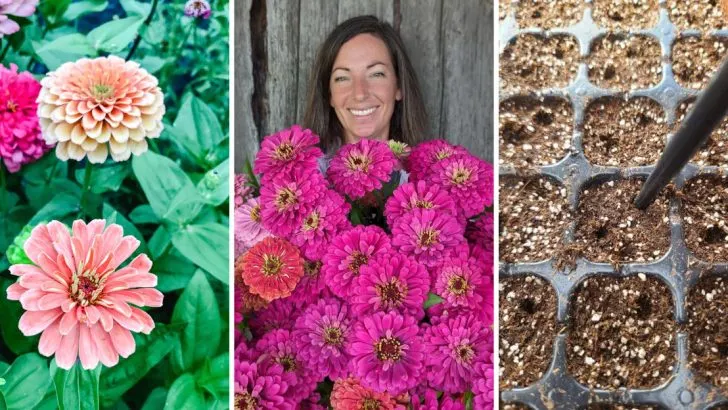Growing zinnias from seed is a rewarding way to fill your garden with vibrant, colorful blooms, but success starts with knowing the right techniques. These cheerful flowers are beginner-friendly and quick to grow, making them a favorite for gardeners of all levels.
However, there are a few key do’s and don’ts to keep in mind to ensure healthy plants and abundant blooms. Whether you’re aiming for a cutting garden or a border full of lively color, this guide will help you grow zinnias from seed with confidence.
Choosing the Right Seeds
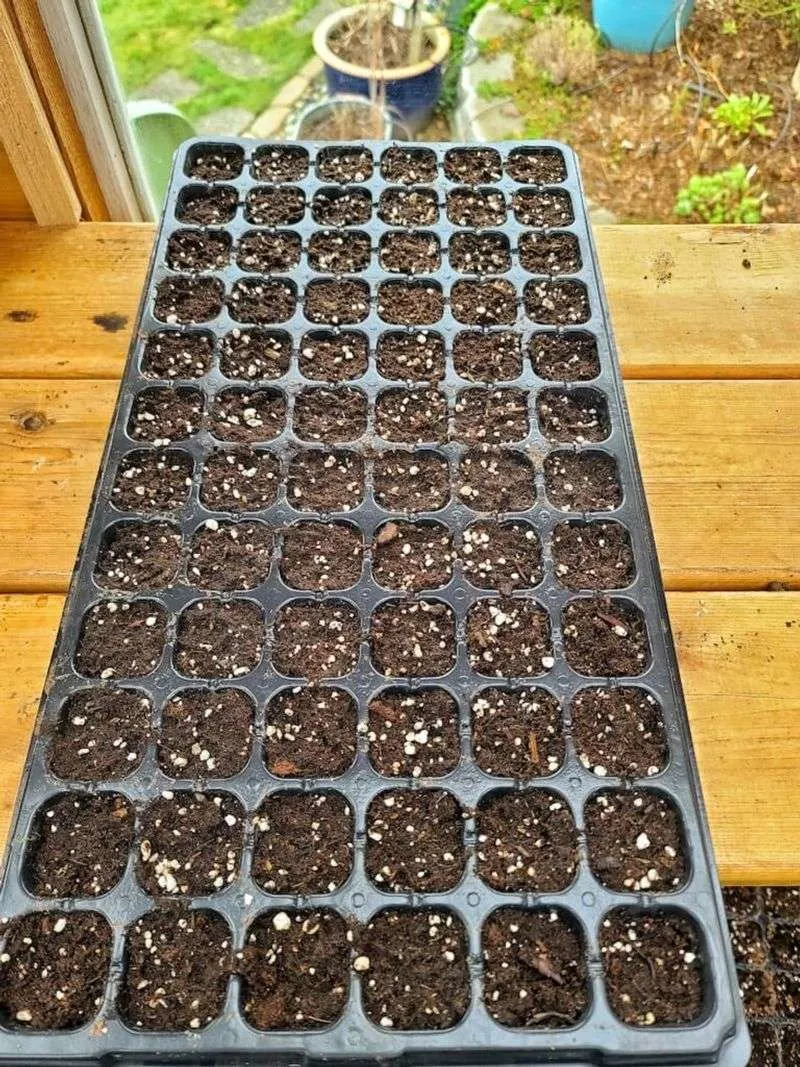
Selecting high-quality seeds is crucial for a successful zinnia garden. Look for packets from reputable sources, ensuring they’re fresh and viable. Be sure to choose varieties that suit your climate and garden needs. If you want a variety of colors, opt for a mix rather than a single hue. Remember, the seeds’ quality directly impacts the plants’ growth, so invest in the best you can find. Keep them in a cool, dry place until you’re ready to plant. This way, you set the stage for vibrant, healthy blooms.
Preparing the Soil
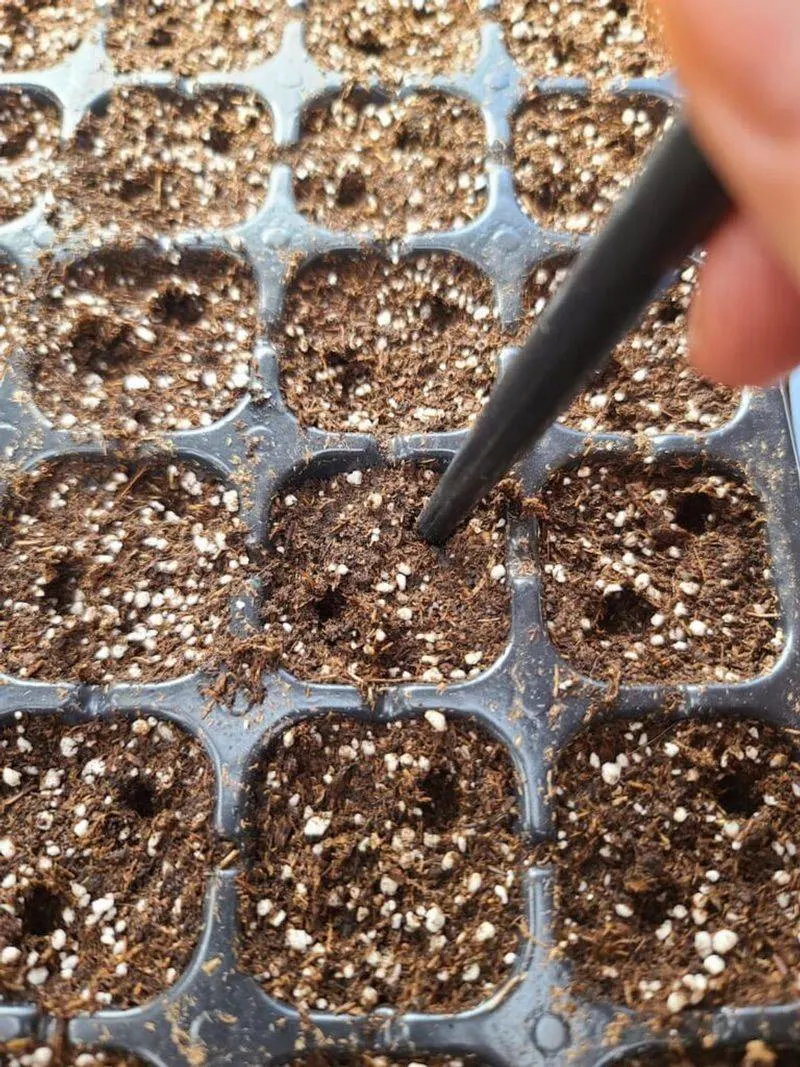
Healthy soil is the foundation of flourishing zinnias. Start by loosening the soil to allow for good drainage and root development. Incorporate organic matter like compost to enrich the soil, providing essential nutrients for growth. Testing the soil’s pH can help; zinnias typically thrive in a range of 5.5 to 7.5. Avoid overly wet areas, as zinnias do not like soggy roots. By investing time in soil preparation, you ensure your zinnias have the support they need to grow strong and beautiful.
Ideal Planting Time
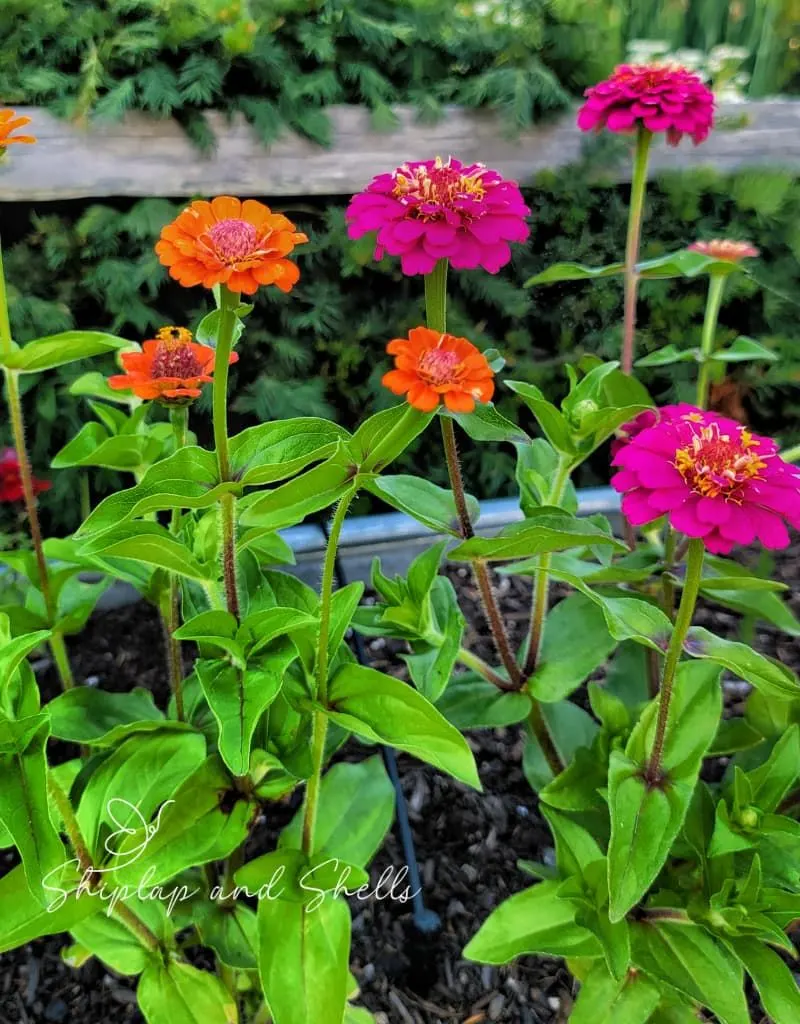
Timing is crucial when sowing zinnia seeds. They thrive best when planted after the last frost, ensuring the soil is warm enough for germination. Zinnias prefer temperatures between 70°F to 85°F. Planting too early can lead to poor growth due to cold soil. Keep an eye on local weather reports to determine the best planting window. In regions with shorter growing seasons, starting seeds indoors may be beneficial. By aligning planting with the right conditions, you enhance the chances of a vibrant bloom.
Proper Spacing Techniques
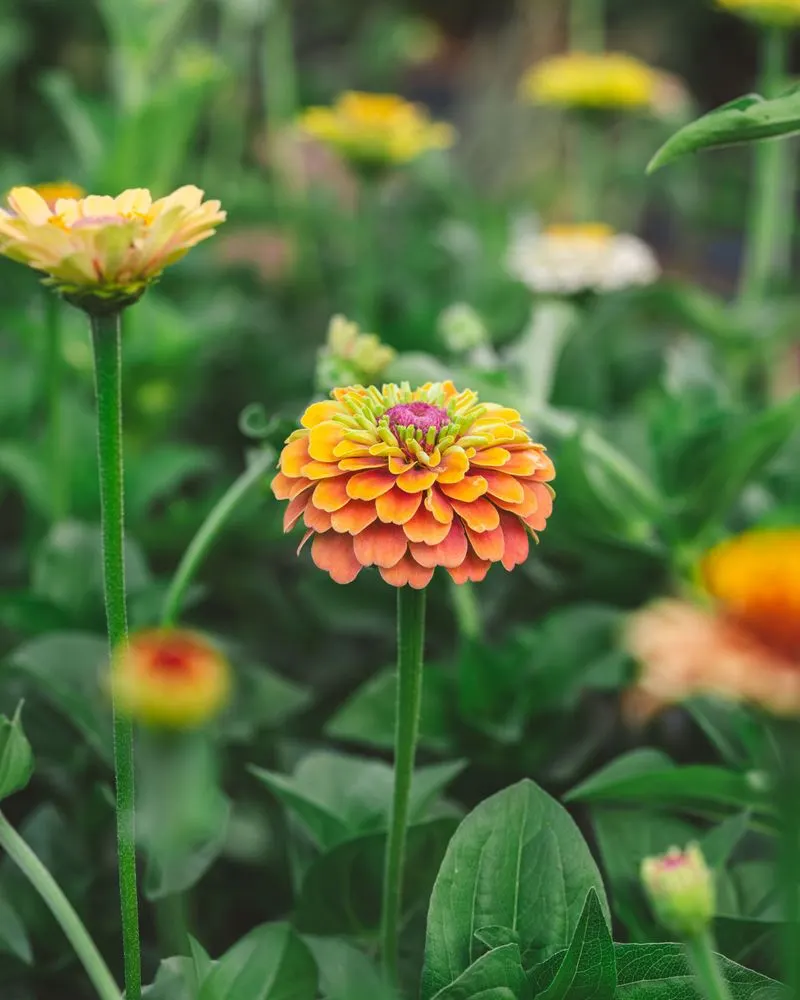
Adequate spacing is vital for zinnias to thrive. Crowding can hinder growth and lead to diseases. Generally, zinnias need about 8 to 24 inches apart, depending on the variety. Larger varieties require more space for their sprawling stems. Overcrowding can also restrict airflow, increasing the risk of fungal infections. Use a ruler or a stick to measure distances accurately when planting. By providing each plant with space to grow, you ensure healthier, more robust blooms that can flourish without competition.
Watering Wisely
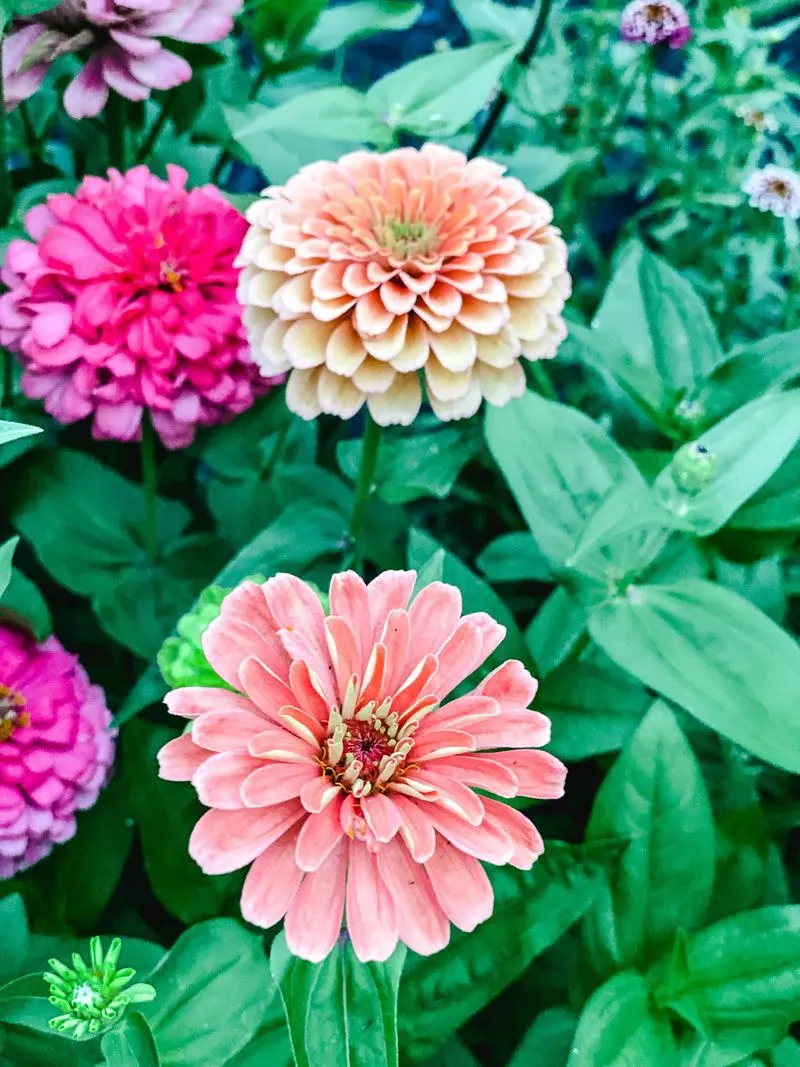
Consistent watering is key to healthy zinnias, but it’s important not to overdo it. Zinnias prefer a moderate amount of water, allowing the soil to dry out slightly between waterings. Overwatering can lead to root rot and other issues. Early morning is the best time for watering, reducing evaporation and allowing moisture to reach the roots efficiently. Use a watering can or a gentle hose spray to avoid damaging young plants. With careful watering, you’ll support strong growth and vibrant blooms.
Sunlight Requirements
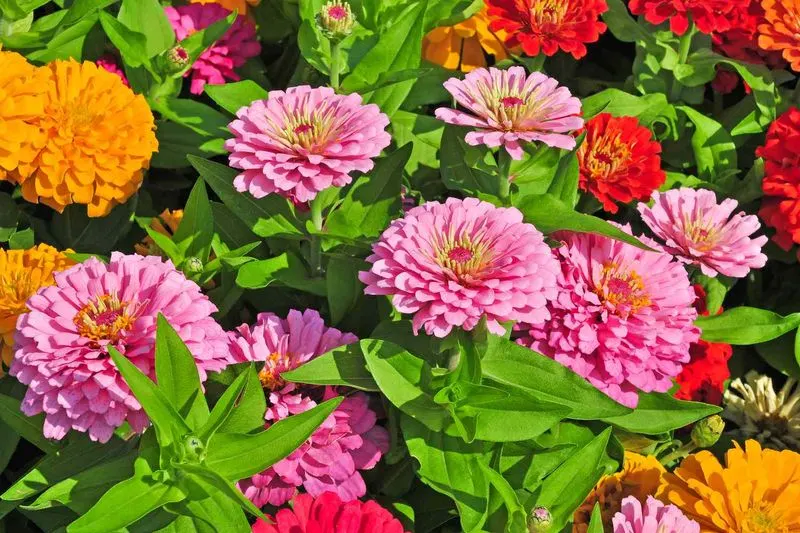
Zinnias are sun-loving flowers that require at least six hours of direct sunlight each day. Choosing a sunny location for planting ensures they receive the necessary energy to grow and bloom. Without enough light, zinnias can become leggy and weak. Monitor how sunlight moves across your garden throughout the day to pick the perfect spot. If you notice your zinnias aren’t getting enough light, consider relocating them. With adequate sunshine, zinnias will reward you with robust and colorful flowers.
Fertilization Guidelines
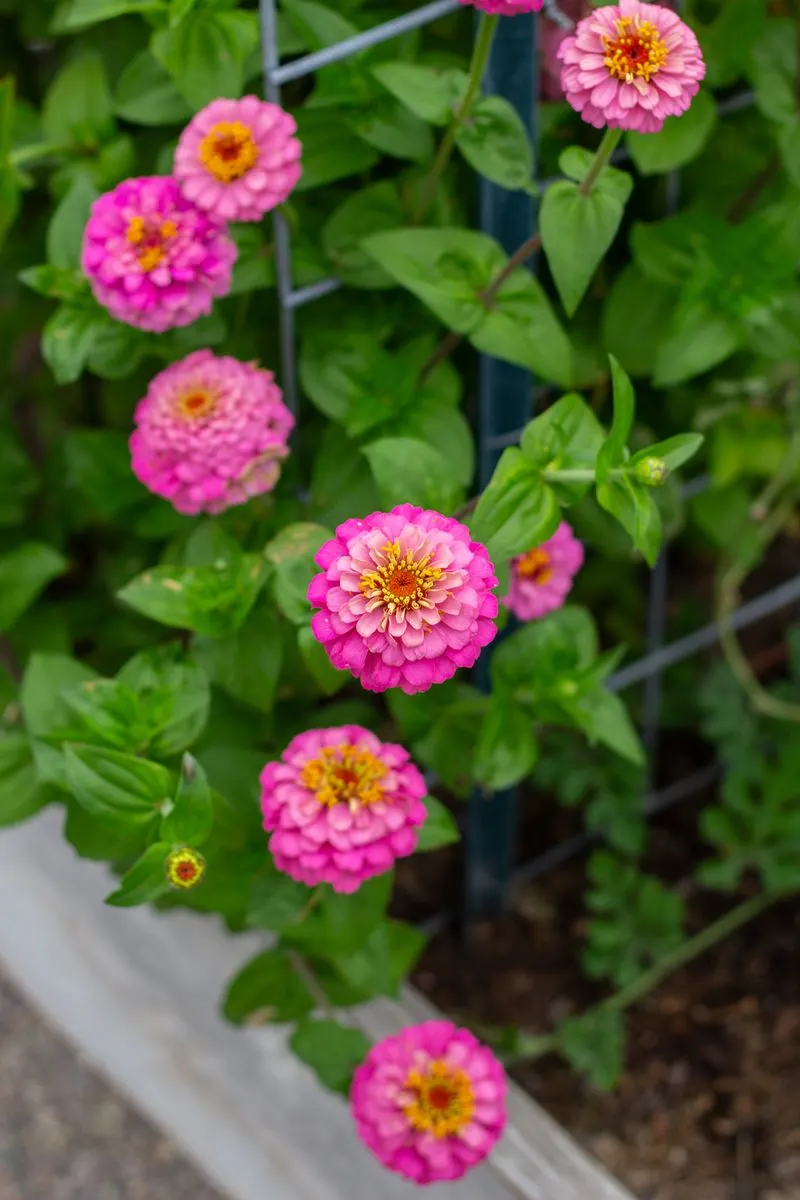
Feeding your zinnias properly boosts their growth and flowering potential. Use a balanced, slow-release fertilizer to provide consistent nutrients. Apply it sparingly, as over-fertilization can lead to lush foliage but fewer flowers. Consider using organic options like compost tea or fish emulsion for a more natural approach. Fertilize at the start of the growing season and as needed throughout. Always follow the package instructions for best results. With the right nutrients, your zinnias can thrive and produce abundant blooms.
Managing Pests Naturally
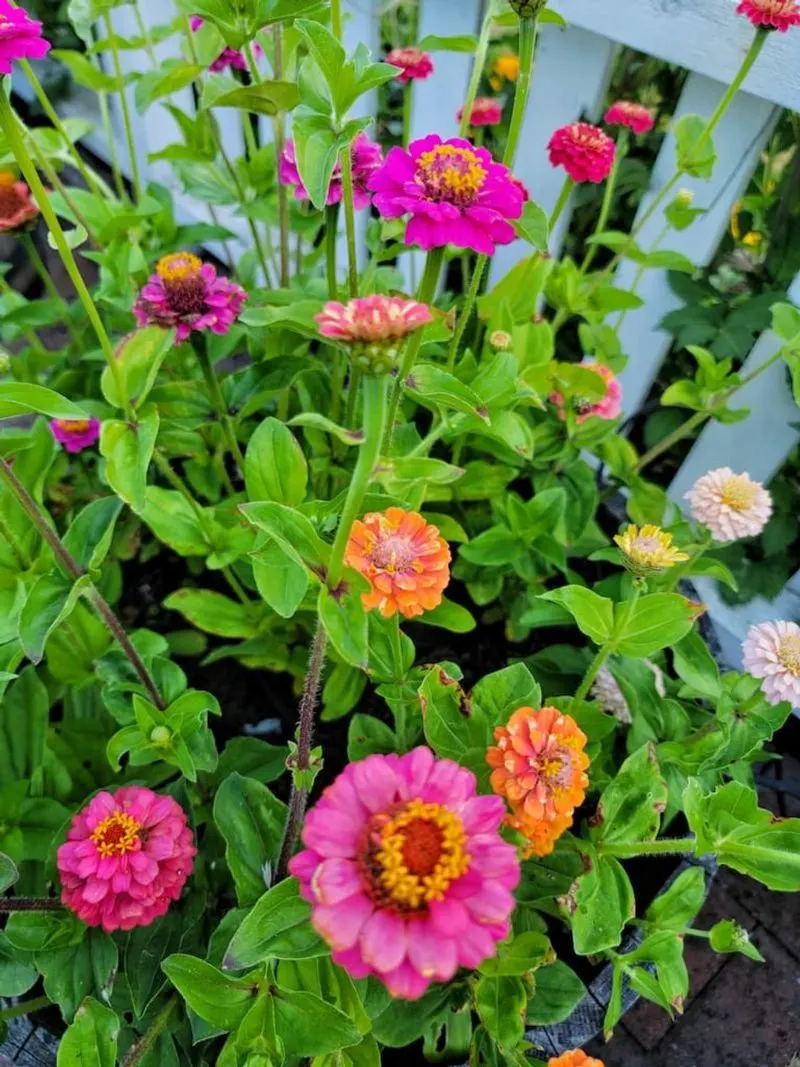
Keeping pests at bay is essential for healthy zinnia plants. Encourage beneficial insects like ladybugs and lacewings to control aphids and other pests naturally. Avoid chemical pesticides that can harm beneficial creatures. Companion planting with marigolds or basil can also deter unwanted insects. Regularly inspect your plants for signs of pest activity and remove affected leaves promptly. By focusing on natural pest management, you’ll protect your zinnias and the environment, allowing blossoms to flourish without harmful chemicals.
Deadheading for More Blooms
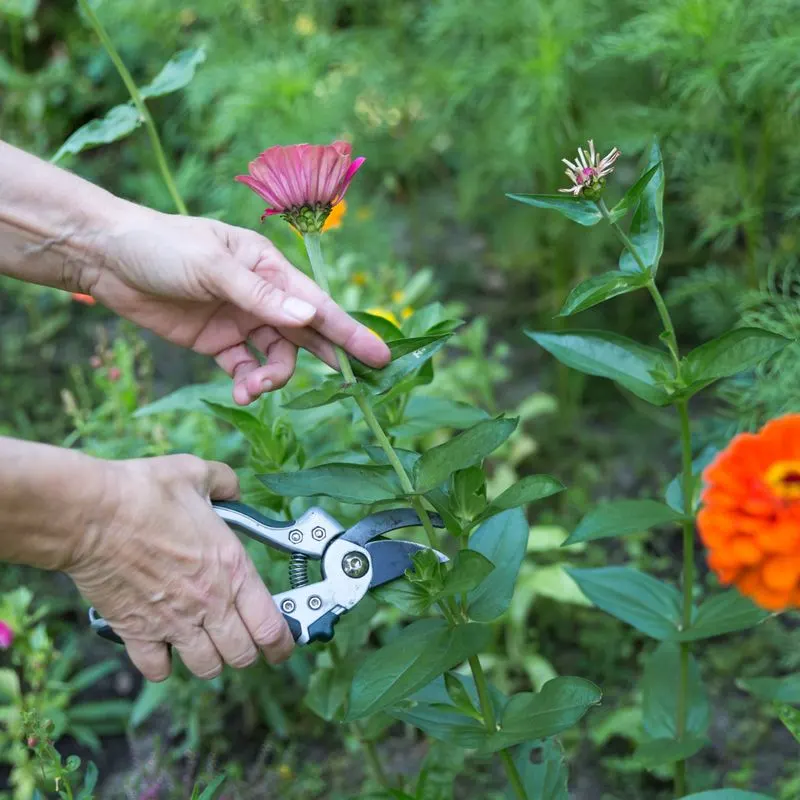
Regular deadheading encourages zinnias to produce more flowers. Removing spent blooms directs the plant’s energy to developing new buds. Use clean, sharp scissors to snip off faded flowers just above the first set of healthy leaves. This practice not only promotes blooming but also keeps your garden looking tidy. Deadheading is a simple yet effective way to extend the flowering season. By staying on top of this task, you’ll enjoy a continuous burst of color throughout the growing months.
Supporting Tall Varieties
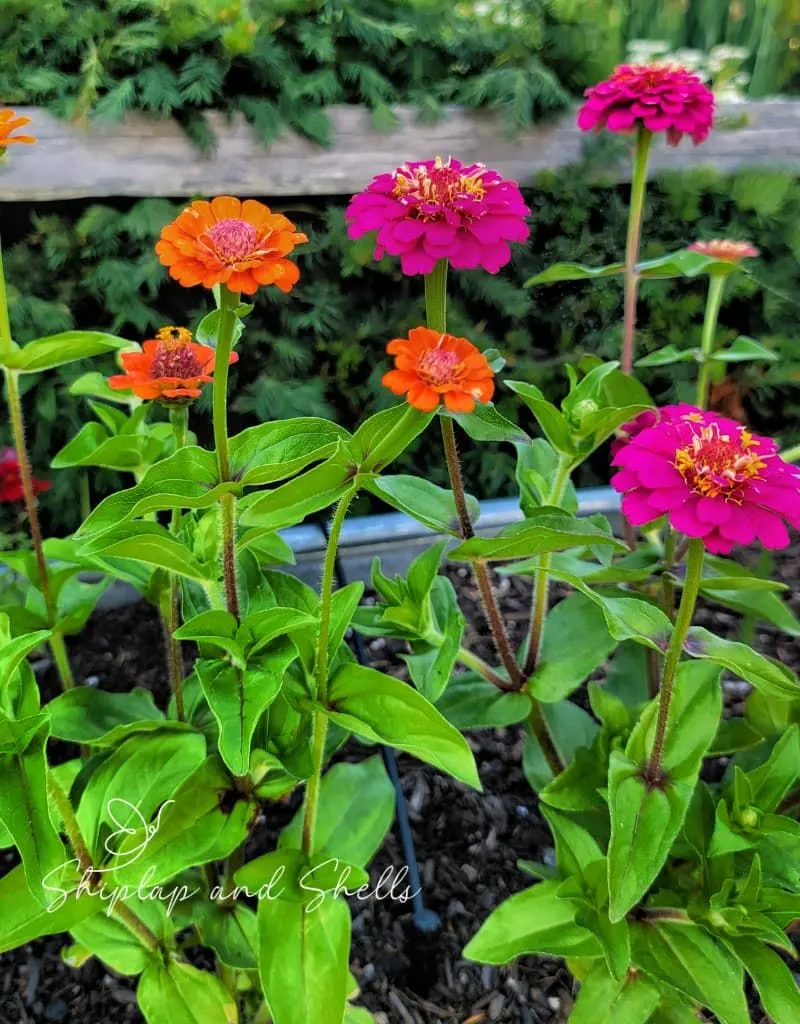
For taller zinnia varieties, support is crucial to prevent bending or breaking. Staking helps them withstand wind and rain. Insert stakes into the ground close to the plant, tying the stem loosely with soft garden twine. Regularly check the ties to ensure they’re not too tight as the plant grows. Providing support ensures the tall zinnias stand upright, showcasing their blooms beautifully. This proactive step is particularly important in windy areas, maintaining the plant’s health and enhancing the garden’s aesthetic appeal.
Harvesting Seeds for Next Season
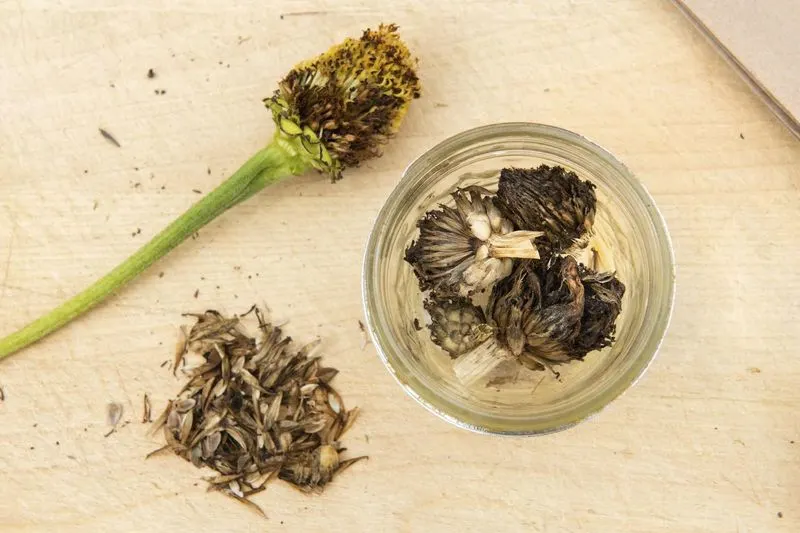
Saving seeds from your zinnias allows you to enjoy their beauty year after year. Wait for the flowers to fade and dry on the plant. Once dry, gently remove the flower heads and extract the seeds. Store them in a labeled envelope in a cool, dry place until you’re ready to plant them again. This process not only saves money but also allows you to cultivate plants that are well-suited to your garden’s conditions. With proper storage, you’ll have a head start on next year’s zinnia display.
Avoiding Common Mistakes
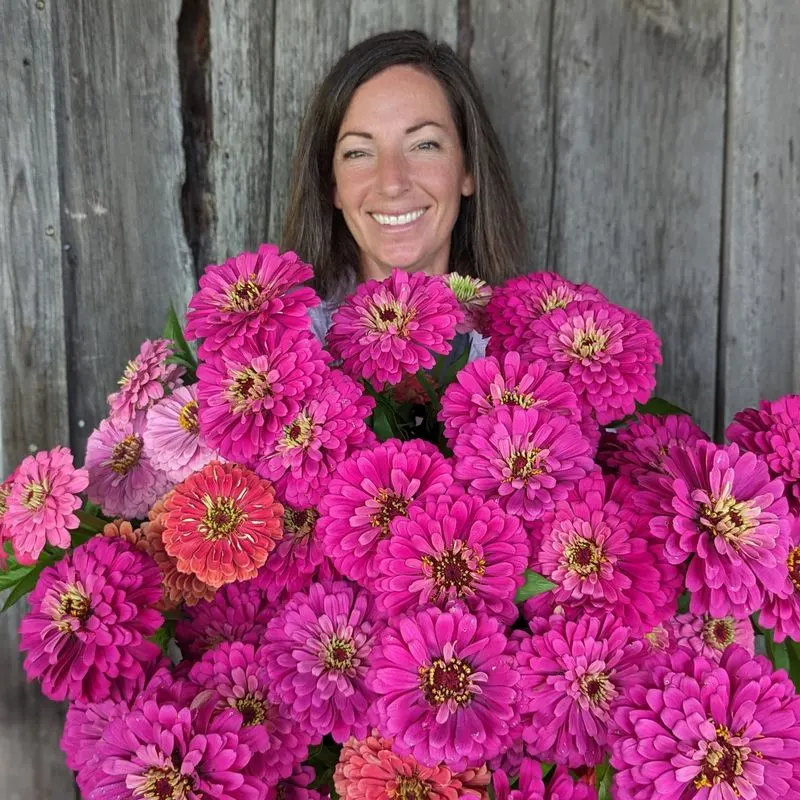
Learning from common mistakes can greatly improve your zinnia-growing skills. Avoid planting seeds too deep; about a quarter-inch is ideal. Ensure adequate airflow around plants to prevent fungal diseases. Don’t neglect regular watering and deadheading, as these practices significantly impact growth and blooming. Pay attention to soil and sunlight conditions as well. By understanding and avoiding these pitfalls, you’ll create a thriving environment for your zinnias, leading to a more rewarding gardening experience.

